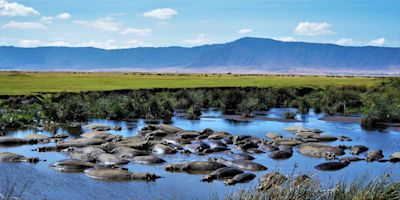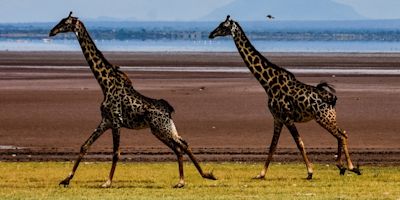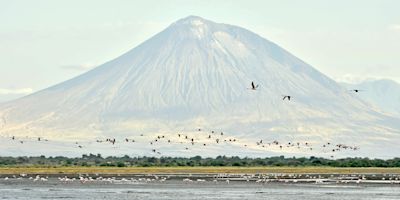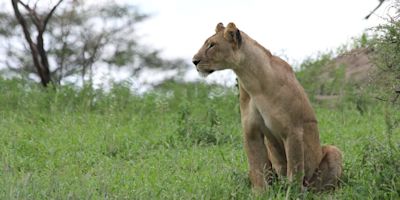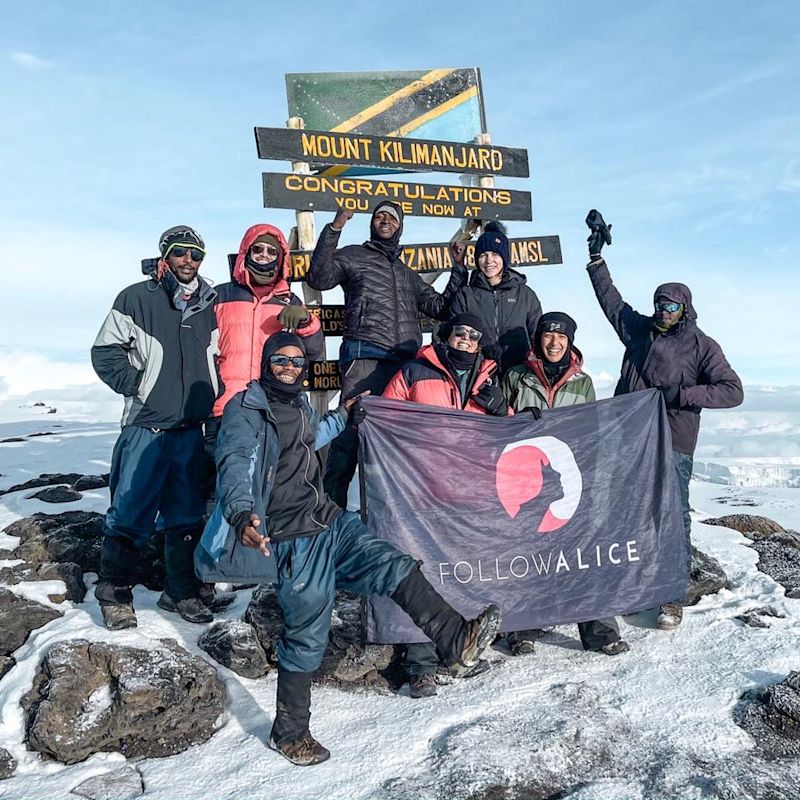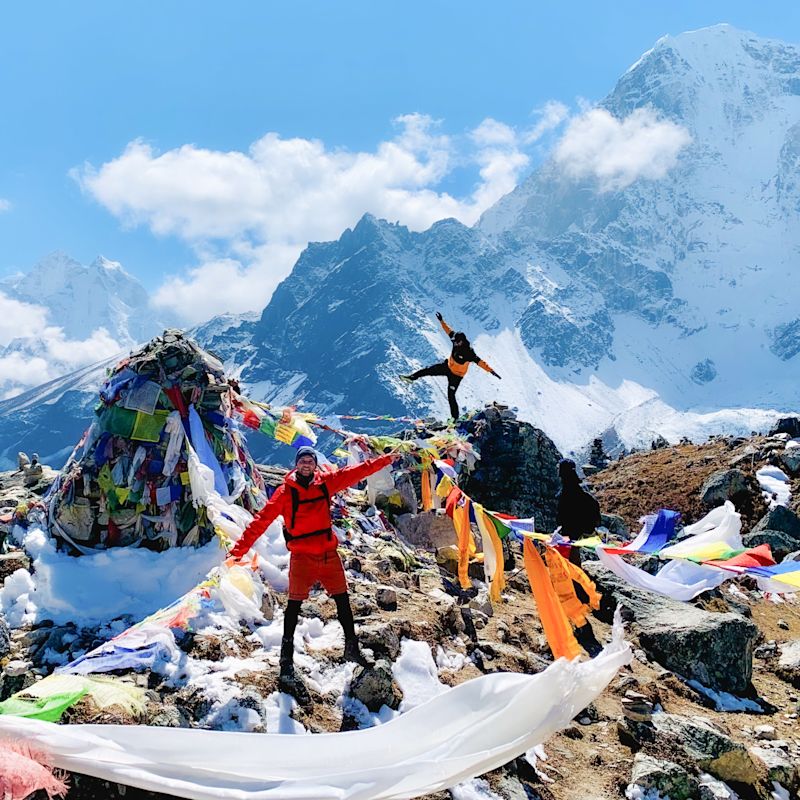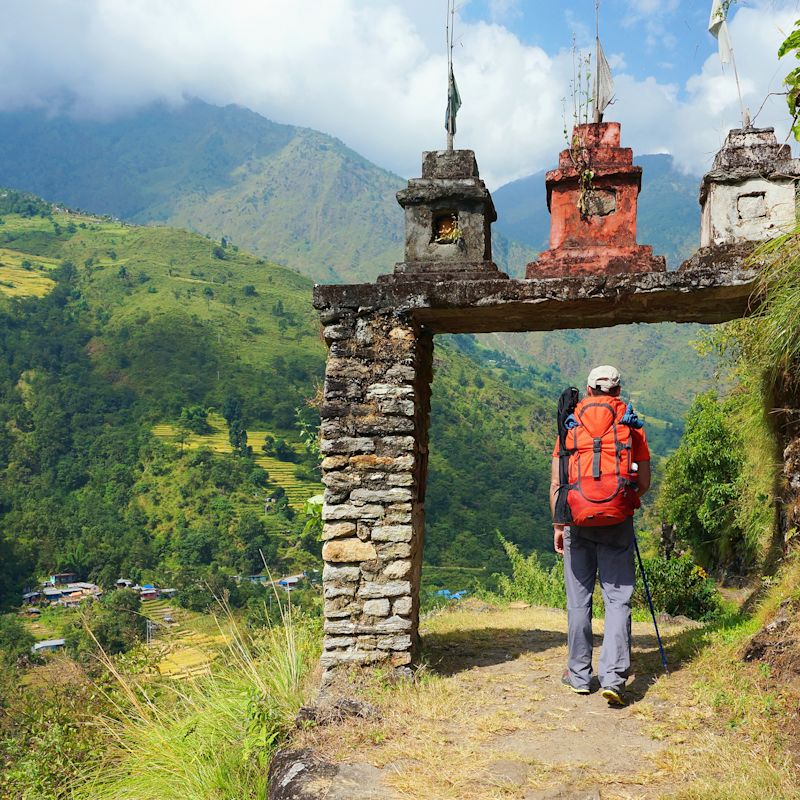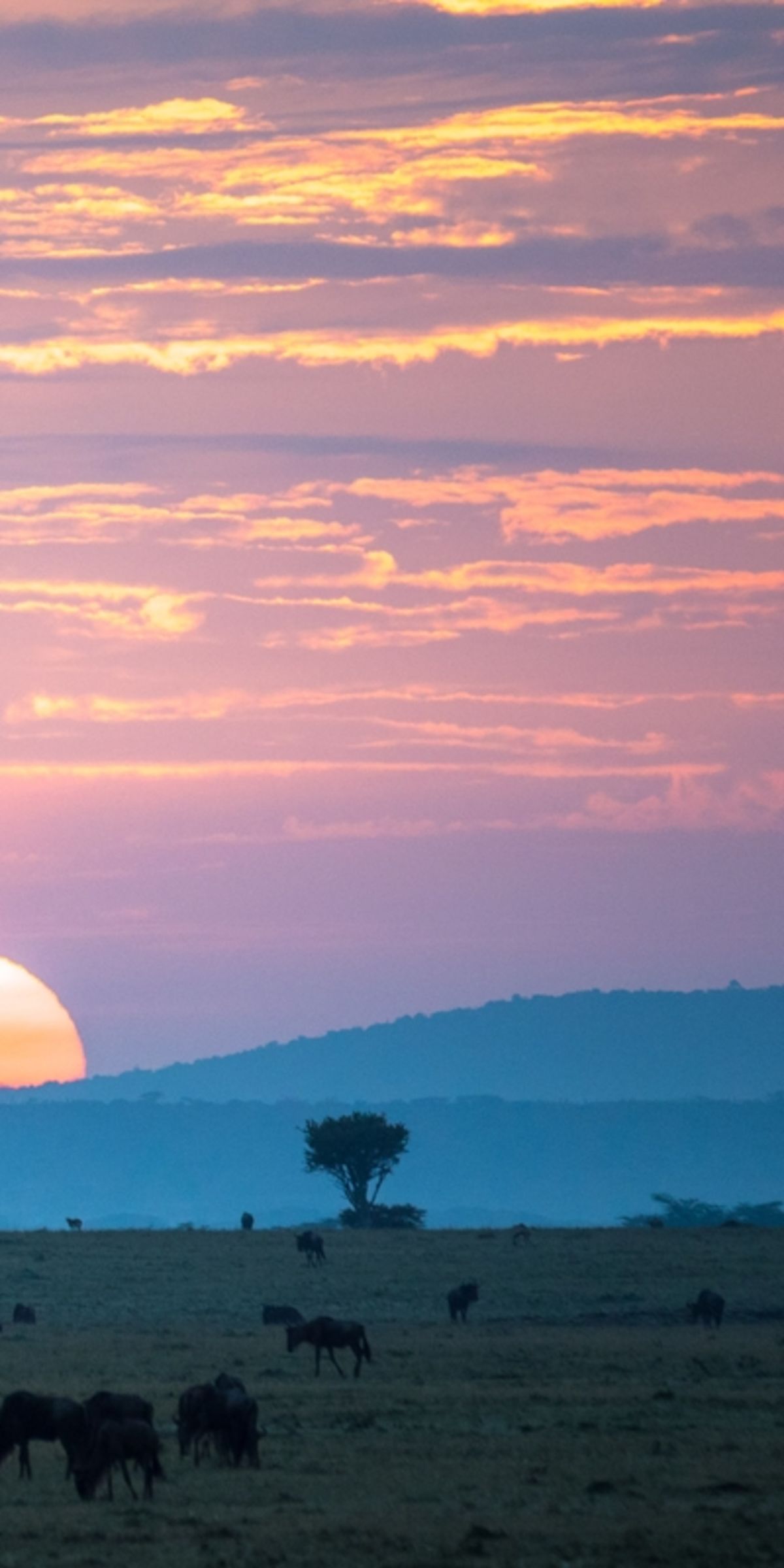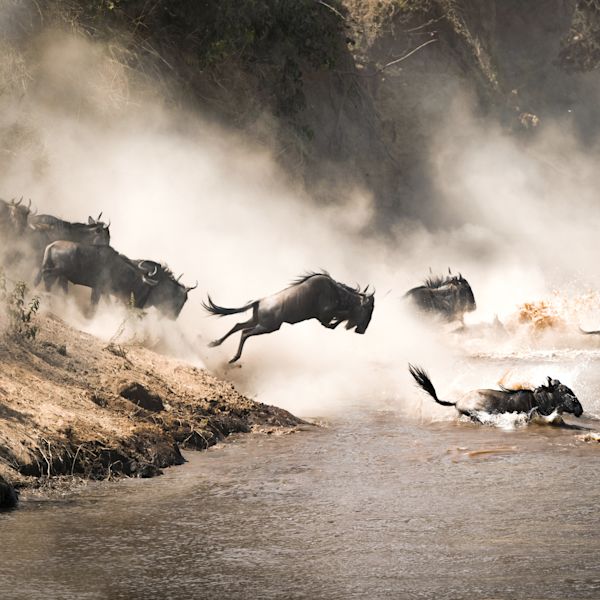
Tanzania Safari
from USD1,195
- Duration:
- 2-9 days
- Difficulty:
- Easy
- Group Size:
- 2-6
- Adventure:
- Wildlife

Our itineraries
Our exciting Tanzania safaris take you to best game-viewing places in the north of the country. All include a visit to the incomparable Serengeti and Ngorongoro Crater. The short itinerary is a favourite among our Kilimanjaro climbers, who add it to the end of their trip as a reward for summiting Africa's highest mountain! Our longest itinerary is perfect for anyone wanting to explore the more off-the-beaten-path parts of northern Tanzania and includes a challenging overnight volcano climb!
Country info and facts
Here's what you need to know logistically to plan a trip to Tanzania, from the best seasons to visa requirements.
Swahili, English
Tanzanian shilling (TZS)



Love travel?
Sign up for our monthly adventure travel newsletter!
Local leader
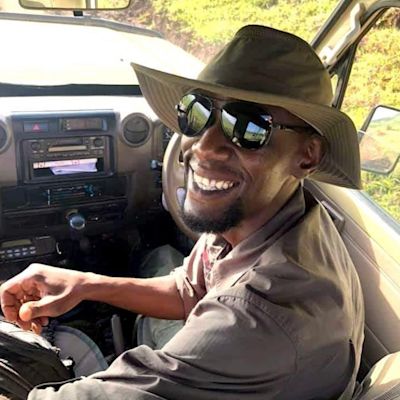
Kazi Khatibu
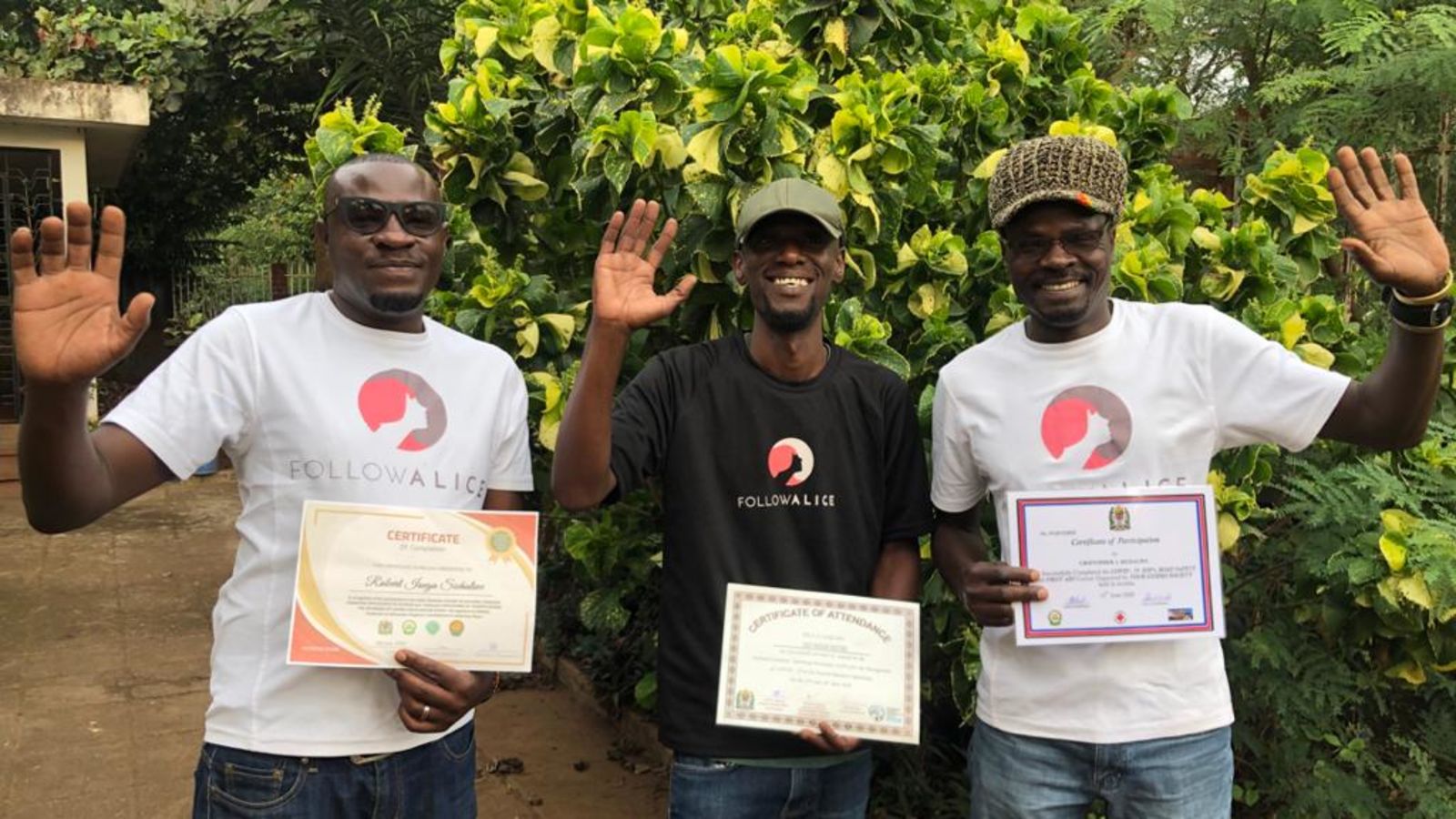
Book your trip
We do our best to provide you the best experience ever
Jul 2024
5 Day - Great Migration Safari

Jul 8, 2024

Guaranteed to run
2 Day -Tanzania Safari

Jul 14, 2024
5 Day - Great Migration Safari

Jul 18, 2024
5 Day - Great Migration Safari

Jul 20, 2024

Guaranteed to run
2 Day -Tanzania Safari

Jul 24, 2024

Guaranteed to run
5 Day - Great Migration Safari

Jul 24, 2024

Guaranteed to run
5 Day - Great Migration Safari

Jul 25, 2024

Guaranteed to run
2 Day -Tanzania Safari

Jul 26, 2024

Guaranteed to run
5 Day - Great Migration Safari

Jul 30, 2024
Aug 2024
5 Day - Great Migration Safari

Aug 1, 2024

Guaranteed to run
5 Day - Great Migration Safari

Aug 2, 2024
2 Day -Tanzania Safari

Aug 5, 2024

Guaranteed to run
5 Day - Great Migration Safari

Aug 8, 2024

Guaranteed to run
2 Day -Tanzania Safari

Aug 11, 2024
5 Day - Great Migration Safari

Aug 16, 2024
5 Day - Great Migration Safari

Aug 23, 2024

Guaranteed to run
Don't see your dates?
We can make it happen!
See what others say
Customer Reviews
5 star
100%
4 star
0%
3 star
0%
2 star
0%
1 star
0%

More Adventures
Recommended reads
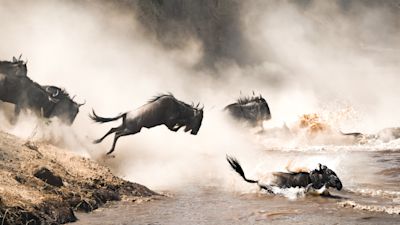
The Great Wildlife Migration – also known as the Great Wildebeest Migration, or simply as the Great Migration – is a phenomenon like no other on Earth. In fact, it’s the largest land-based animal migration in the world!
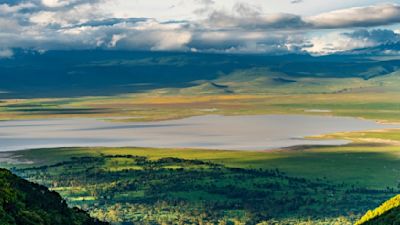
Ngorongoro Crater in Tanzania is an amazing, and vast, bowl-like natural feature that has become a type of Garden of Eden. It's one of the best safari experiences in the world, and we hope you'll treat yourself by going there sometime soon!
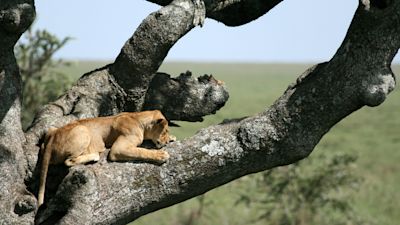
The dry seasons are the best time for safari in Tanzania. January to March is great for seeing baby animals and lush landscapes. June to October is ideal for seeing LOTS of animals! But there will be crowds. Here's a breakdown of Tanzania's safari seasons.
